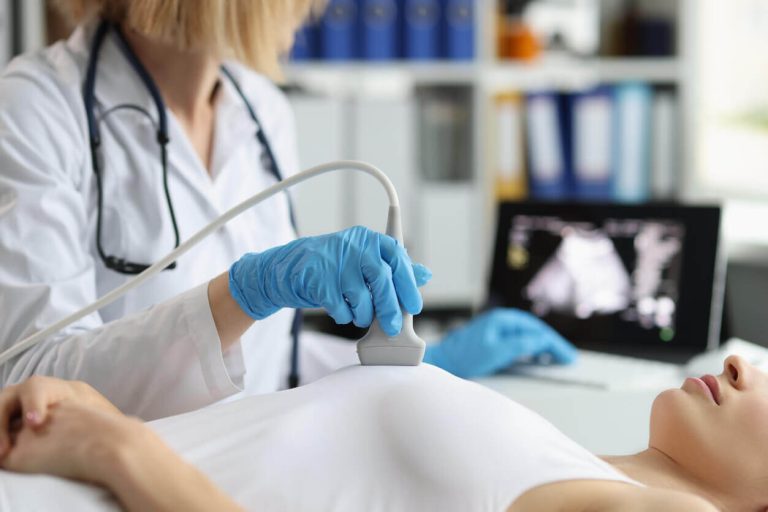
Breast health is important. Mammograms are a key tool in early detection. However, they have their limits. Many women, especially those with dense breast tissue, might need more. This is where breast ultrasounds can help. By offering a clearer view, they enhance what mammograms show. They can detect abnormalities that a mammogram might miss. Intermountain Medical Imaging provides both services. This combination gives women a comprehensive look at their breast health. Using both methods offers precision and peace of mind. With the addition of ultrasounds, there’s a better chance of catching issues early. This dual approach can lead to better outcomes. Boise women can benefit from this. By understanding the roles of both mammograms and ultrasounds, women can make informed decisions. This empowers them to take charge of their health. In a world where early detection saves lives, using all available tools is vital.
Understanding Dense Breast Tissue
Breast tissue varies among women. Dense breast tissue contains more connective than fatty tissue. This density can make it harder for mammograms to show clear images. Dense tissue can sometimes mask cancer, making its detection more difficult. As many as 40% of women have dense breasts, according to the National Cancer Institute. For these women, ultrasounds provide a valuable secondary screening tool. Ultrasounds use sound waves to create images, offering more detail where mammograms might fall short.
The Role of Breast Ultrasounds
Breast ultrasounds serve as a non-invasive method to further investigate suspicious areas identified by mammograms. They help in distinguishing between solid masses and fluid-filled cysts. This detail assists doctors in making accurate diagnoses. The process is quick and painless, providing immediate results. By complementing mammograms, ultrasounds give a fuller picture of breast health. This detailed view aids early intervention and treatment planning.
Comparing Mammograms and Ultrasounds
| Feature | Mammograms | Ultrasounds |
|---|---|---|
| Imaging Technique | X-rays | Sound waves |
| Best for | Initial screening | Further investigation |
| Limitations | Less effective with dense tissue | Cannot detect all cancers |
| Advantages | Reliable for most women | Detailed images of dense tissue |
Who Should Consider Both Tests?
Women with a family history of breast cancer should consider both tests. Those with dense breast tissue might also opt for ultrasounds. Personal risk factors play a significant role in this decision. By combining mammograms and ultrasounds, women gain a comprehensive understanding of their breast health. This approach maximizes the chance of early detection and successful treatment.
Steps to Take Action
Boise women have access to comprehensive breast imaging services. Scheduling regular mammograms is the first step. For those with dense tissue, adding an ultrasound is wise. Consulting with a healthcare provider will guide these decisions. It’s important to stay informed and proactive about breast health. Regular screenings and understanding personal risk factors are key. Early detection provides the best chance for successful treatment.
Conclusion
In the pursuit of breast health, every tool counts. Mammograms have been the standard for years. However, they have their limits. By adding ultrasounds, women gain added clarity. This dual approach offers better detection rates, especially for those with dense breast tissue. The Centers for Disease Control and Prevention emphasizes routine screenings as essential. With both mammograms and ultrasounds, Boise women can make informed decisions. This empowers them in their health journey. Early detection saves lives, and using every available tool is vital. By understanding and utilizing these technologies, women take a proactive step in safeguarding their health.




